The Renaissance 13.5a-c+artwork
5.0(1)
Card Sorting
1/87
There's no tags or description
Looks like no tags are added yet.
Study Analytics
Name | Mastery | Learn | Test | Matching | Spaced |
|---|
No study sessions yet.
88 Terms
1
New cards
Italy between 1350-1550 was focused on the “rebirth of _________ antiquity
classical
2
New cards
where did the Renaissance start
Italy
3
New cards
The ________ empire fell, setting off the Renaissance when the scholars from there went to Italy and shared their ideas.
Byzantine
4
New cards
The most powerful presence in the Middle Ages.
God/religion
5
New cards
The Crusades
Christians try to reclaim the Holy land (Jerusalem) from the Muslims, eventually they fail. The pope claimed if someone fought against the Muslims in the crusades then they would get a free ride to Heaven.
6
New cards
Expansion in trade routes allowed for more communication/sharing of…
Ideas, culture (food, dress,etc)
7
New cards
Gothic Architecture vs. Renaissance Architecture
Gothic-overwhelming, sharp
Renaissance-balanced (golden mean), welcoming
Renaissance-balanced (golden mean), welcoming
8
New cards
The Golden Mean
Greek standard of perfection and balance
9
New cards
The Black Plague
Wiped out 1/3 of Europe and set them a bit behind in development
10
New cards
How was Italy divided at the time of the early renaissance
they were in city states; the renaissance starting in the urban societies
11
New cards
Italian intellectuals were very focused on individual ______
ability
12
New cards
Leon Battisa Alberti
Renaissance Architect; “Men can do all things if they will.”
13
New cards
“Universal ______” or a well rounded individual was the focus of the renaissance
person
14
New cards
The intellectual renaissance was a blend of ________ and ______
secularism and individualism
15
New cards
Renaissance Humanism
intellectual movement based on the study of the classics (greek+roman works)
16
New cards
liberal arts subjects being taught in renaissance humanism (all based on the classics)
grammar, rhetoric, poetry, moral philosophy, ethics, and history
17
New cards
Petrarch
father of Italian Renaissance humanism; in search of forgotten Latin manuscripts he ransacked monistatic libraries in Europe and he added a humanist emphasis to pure classic Latin
18
New cards
Cicero for…
Prose
19
New cards
Virgil for…
Poems
20
New cards
Humanists mostly lived in ______ but not in Florence; they believed it was the duty of an intellectual to live and active life for one’s _______
solitude; state
21
New cards
Leonardo Bruni
knew a lot about the Greeks and taught in Florence; Manuel Chrysobras’s pupil
22
New cards
How did the Renaissance effect upper class women?
they gained certain freedoms; many were educated; the luckiest were educated via the humanist beliefs
23
New cards
How did the Renaissance effect lower class women?
nothing really changed
24
New cards
Isotta Nogarola
mastered Latin; wrote treaties+letters
25
New cards
Cassandra Fedele
mastered Latin+Greek; known for her public recitations of orations
26
New cards
Laura Cereta
mastered Latin; defended women’s education
27
New cards
naturalism
representation based on the accurate depiction of detail
28
New cards
The Frescoes by Masaccio
first masterpiece of the renaissance
29
New cards
Major artistic developments of the renaissance
1. laws of perspective
2. movement +anatomical structure
30
New cards
Fillippo Brunelleschi
San Lorenzo (Florence); inspired by Roman architecture, very different from the gothic style everyone was used to at the time
31
New cards
Leonardo da Vinci
high renaissance artist; realism, he was so dedicated to making his art real he even dissected human bodies
32
New cards
Raphael
madonnas (perfect people), obsessed with the “golden mean” (the greek standard of beauty, centered around balance
33
New cards
Michelangelo
painter, sculpture, architect; most famous for the sistine chapel
34
New cards
art-guilds
artists got money (commissions) from patrons (buyers/sponsers)
35
New cards
Since the rich patrons bought art, they controlled
the content and the purpose of the art, because they controlled what the artist painted, sculpted, etc. If they did not like it they could refuse to pay/give them and their guild a bad reputation
36
New cards
In the high renaissance the artists began…
expressing themselves instead of what their patrons ask for
37
New cards
in the high renaissance artist were thought of as…
heroes
38
New cards
Michelangelo’s nickname
“Il Divino” or “the divine one”
39
New cards
The reestablished or “New Monarchies” in the Renaissance
France, Spain, and England
40
New cards
The 5 Italian States
1. duchy of Milan
2. Republic of Florence
3. republic of venice
4. papal states
5. Kingdom of Naples
41
New cards
Duchy of Milan
dukes, territorial+centralized; organized taxes
42
New cards
republic of florence
(Cosimo de medici) medici family
43
New cards
republic of venice
maritime; oligarchy between the merchants and aristocrats, very wealthy
44
New cards
papal states
pope/relgious
45
New cards
1494
Italy becomes Spain and Frances battle field which results in the Spanish occupation of Italy
46
New cards
Niccolo Machiavelli
Italian man who wrote “The Prince”
47
New cards
“The Prince”
wrote about the acquisition, maintenance, and expansion of political power; a prince should not base their ruling on their morality alone
48
New cards
__ _______________ allowed for Frances monarchy to return
the hundred years war
49
New cards
King Louis XI (11th)
developed the french territorial state, taille taxation, and was nicknamed “the spider”
50
New cards
taille taxation
annual direct property taxes
51
New cards
why would taille taxation benefit the people and the gov
the people know when to pay taxes and it is all done once every year (vs. whenever the ruler needed funs)
\
the gov had a stable source of income
\
the gov had a stable source of income
52
New cards
War of Roses
British civil war; aristocrats fought over the monarchy till 1485 when Henry Tudor established a new dynasty
53
New cards
Henry VII (7th) aka Henry Tudor
\-strong monarchial gov
\-abolished noble private armies
\-won favor of the nobles+middle class by not overtaxing them
\-abolished noble private armies
\-won favor of the nobles+middle class by not overtaxing them
54
New cards
Spanish independent christian kingdoms worked to reconquest land in the _______________ Peninsula (Spain+Portugal)
Iberian
55
New cards
Isabella of Castile and Ferdinand of Aragon
\-married for politics (arranged)
\-unified Spain
\-Catholic Monarchs
\-royal council (supervisors)
\-reorganized military
\-unified Spain
\-Catholic Monarchs
\-royal council (supervisors)
\-reorganized military
56
New cards
what was different about the royal council under Isabella and Ferdinand
they were middle class lawyers educated in Roman law
57
New cards
the Holy Roman Empire failed to establish a ________
monarchy
58
New cards
German emperors failed to establish a monarchy which resulted in….
100’s of independent states
59
New cards
1438 the ______ dynasty holds the positions of the Holy Roman Emperor
Habsburg
60
New cards
The Habsburg family help most of the _____ river valley (Austria) and had a lot of wealth and power in Europe
Danube
61
New cards
Poland established the right to… resulting in…
elect kings, less monarchal power
62
New cards
Eastern Europe struggled with 2 religions and _______ invasion.
Roman Catholic Church (RCC) vs. Eastern Orthodox Church (EOC)
\
Mongol invasions
\
Mongol invasions
63
New cards
Russia was under _____ rule
Mongol
64
New cards
the princes of Moscow used their close relationship with the Mongol Khans (cheifs/rulers) to gain…
wealth and land
65
New cards
Prince Ivan III
stopped paying taxes to the mongols, when they said they would make him pay and didn’t show up he freed his land and eventually annexed the other Russian principalities; by 1480 Russia was free from Mongol rule
66
New cards
Northern Renaissance Art
\-detailed
\-brighter colors
\-obsession with death
\-interior background (inside)
\-less fleshy
\-middle/lower class life
\-portraits
\-brighter colors
\-obsession with death
\-interior background (inside)
\-less fleshy
\-middle/lower class life
\-portraits
67
New cards
sir thomas more-utopia
socio-political satire
68
New cards
Erasmus
humanist scholar, first editor of the New Testament
69
New cards
Pico della Mirandola, *Oration on the Dignity of Man*
work of public discourse (influence)
70
New cards
Scientific Method
Made by Galileo, organized by Francis Bacon
71
New cards
“Universal person” *L’uomo Universale*
a well rounded person
72
New cards
Vernacular language
everyday language
73
New cards
Baldassare Castiglione, *The Book of the Courtier*
a perfect courtier
74
New cards
Johannes Gutenberg
moveable type printing press
75
New cards
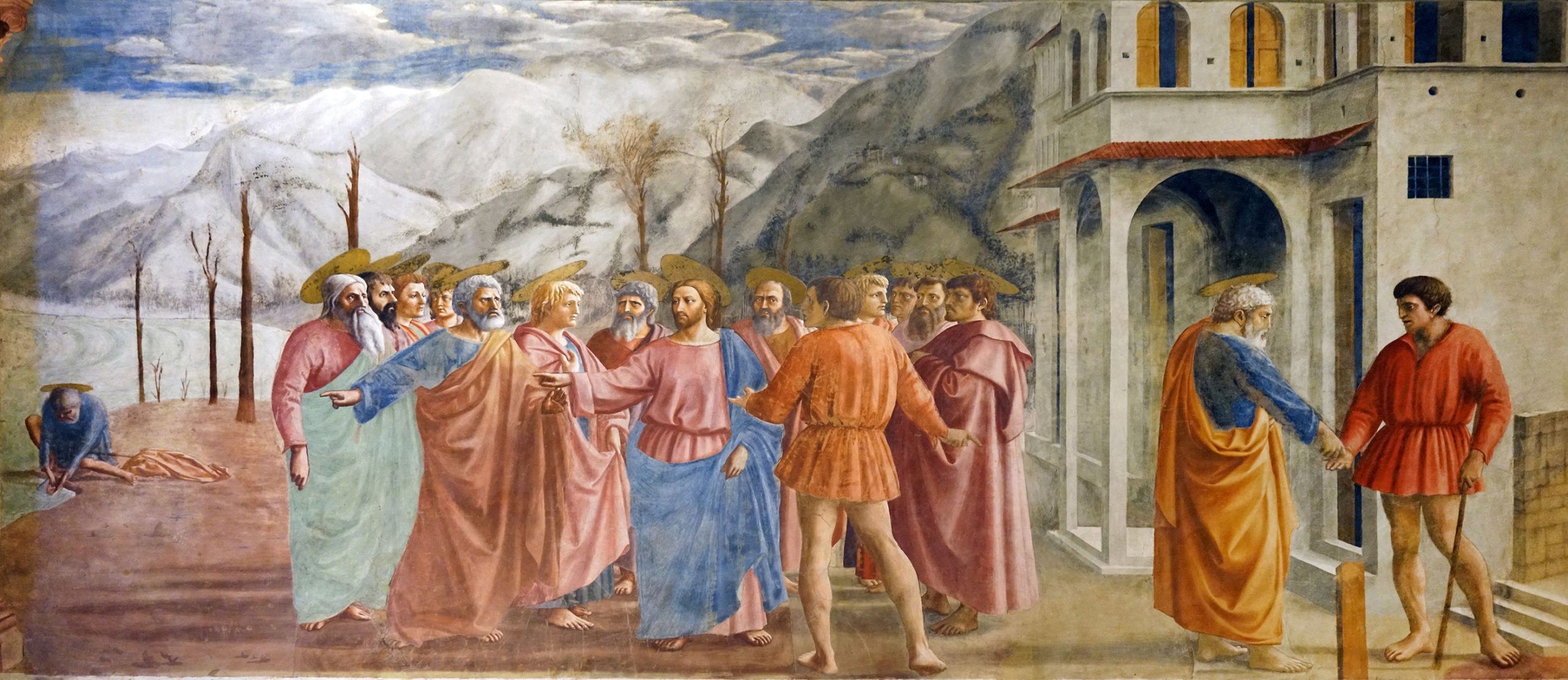
Masaccio-*Tribute Money*
76
New cards

Filippo Brunelleschi-the *Duomo*
77
New cards
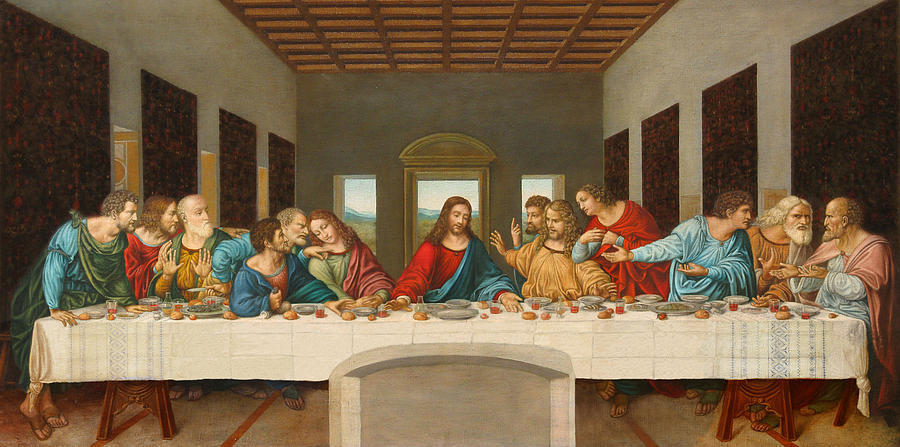
Leonardo da Vinci-*The Last Supper*
78
New cards
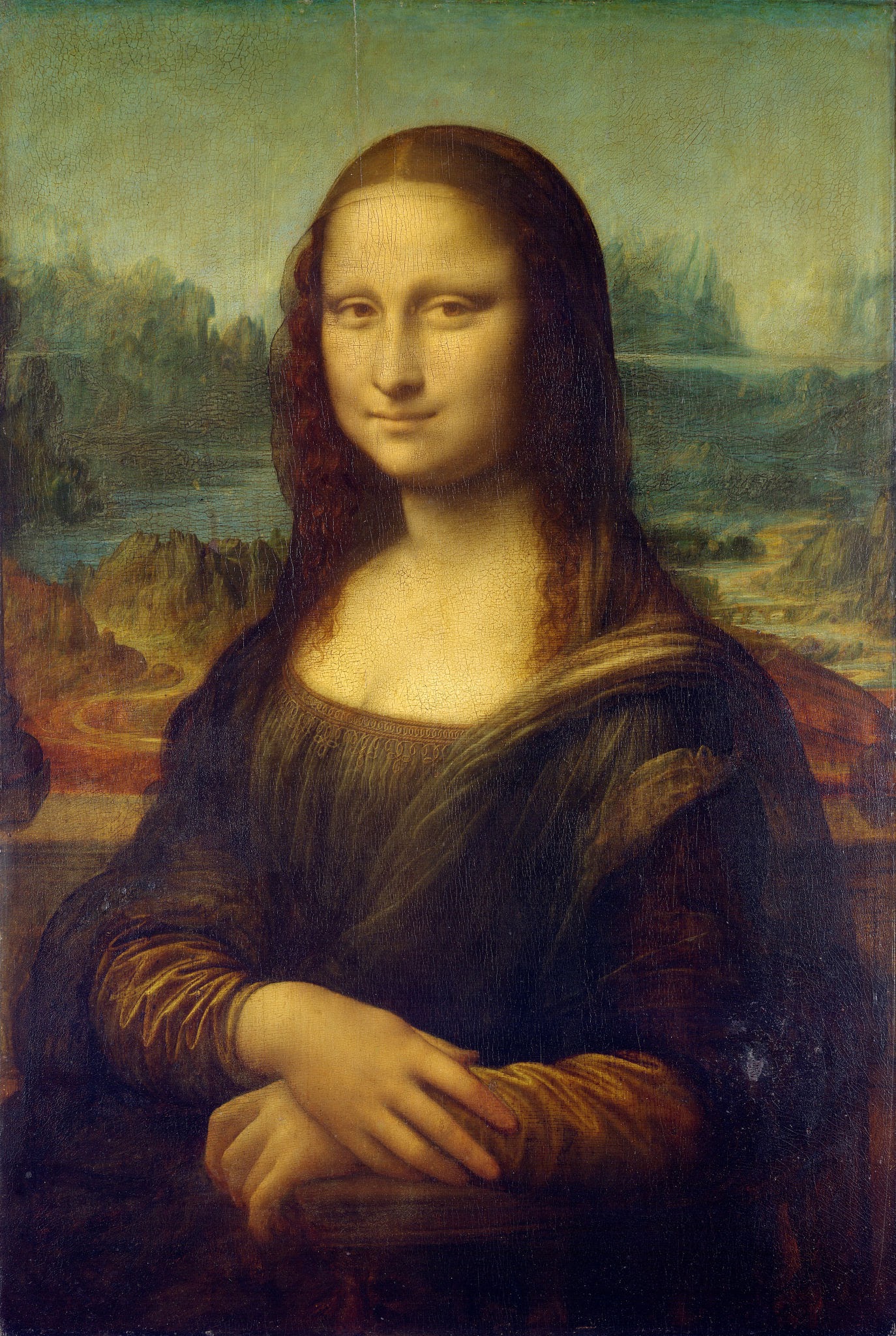
\
\
Leonardo da Vinci-*Mona Lisa*
Leonardo da Vinci-*Mona Lisa*
79
New cards
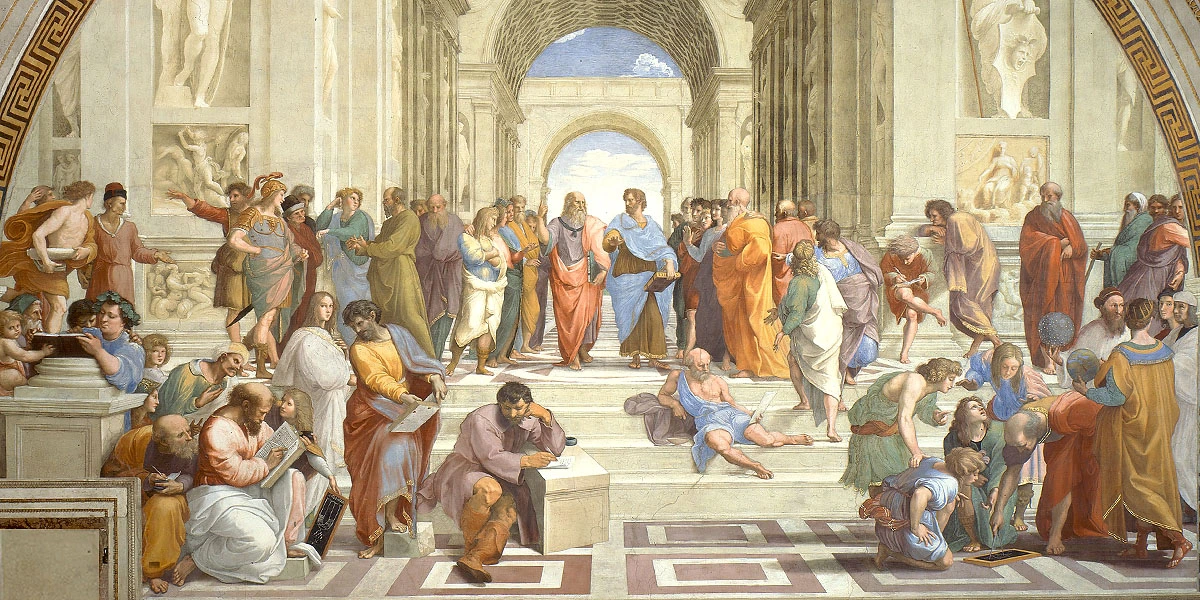
Raphael-School of Athens (in the Vatican Palace)
80
New cards
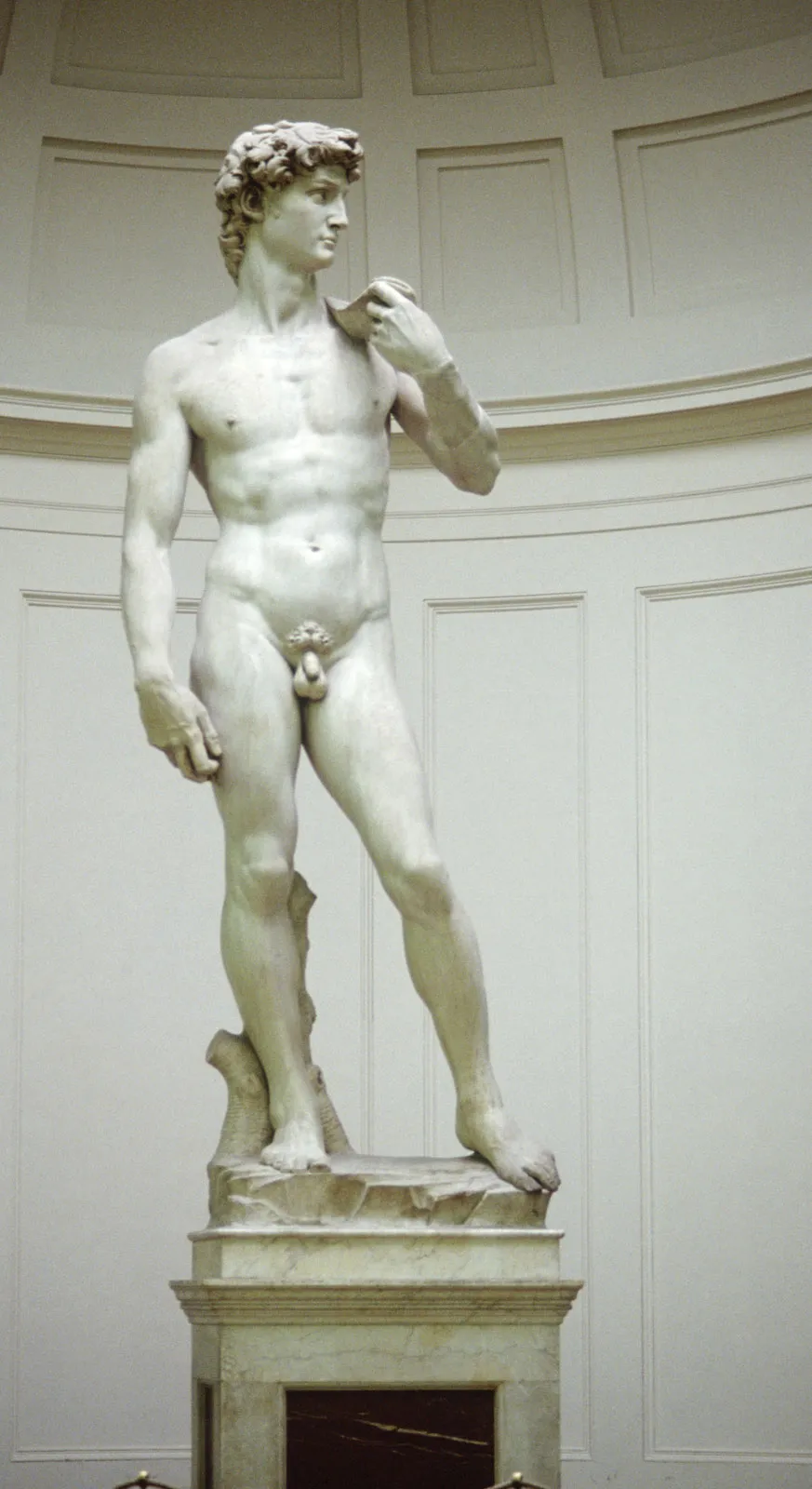
Michelangelo-David
81
New cards
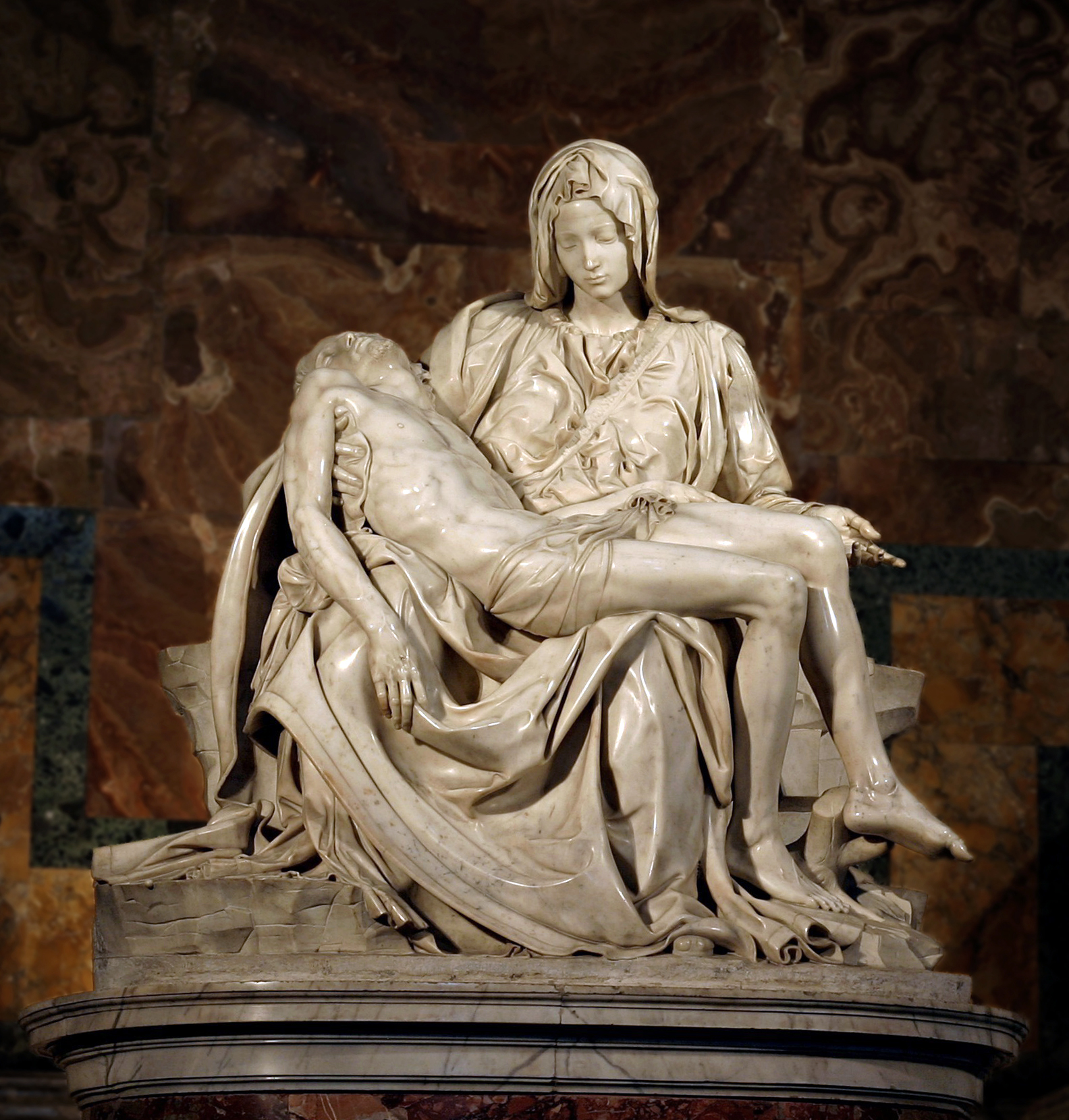
Michelangelo-Pieta
82
New cards
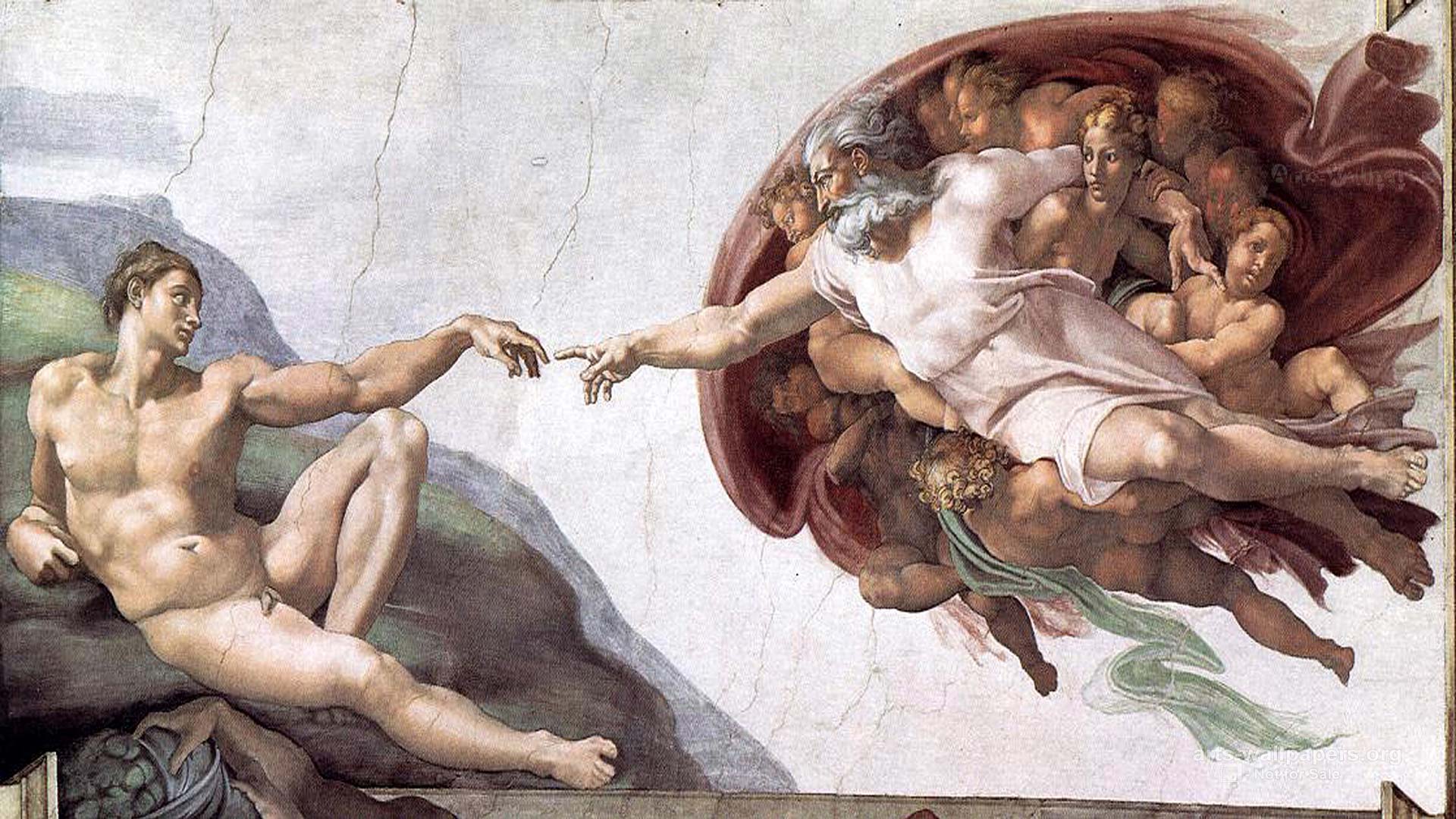
Michelangelo-Sistine Chapel
83
New cards
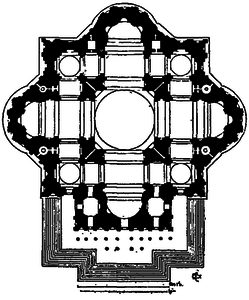
Michelangelo-design for St. Peters Basilica (Neoplatonism)
84
New cards

Jan van Eyck-The Arnolfini Portrait (Northern Ren.)
85
New cards
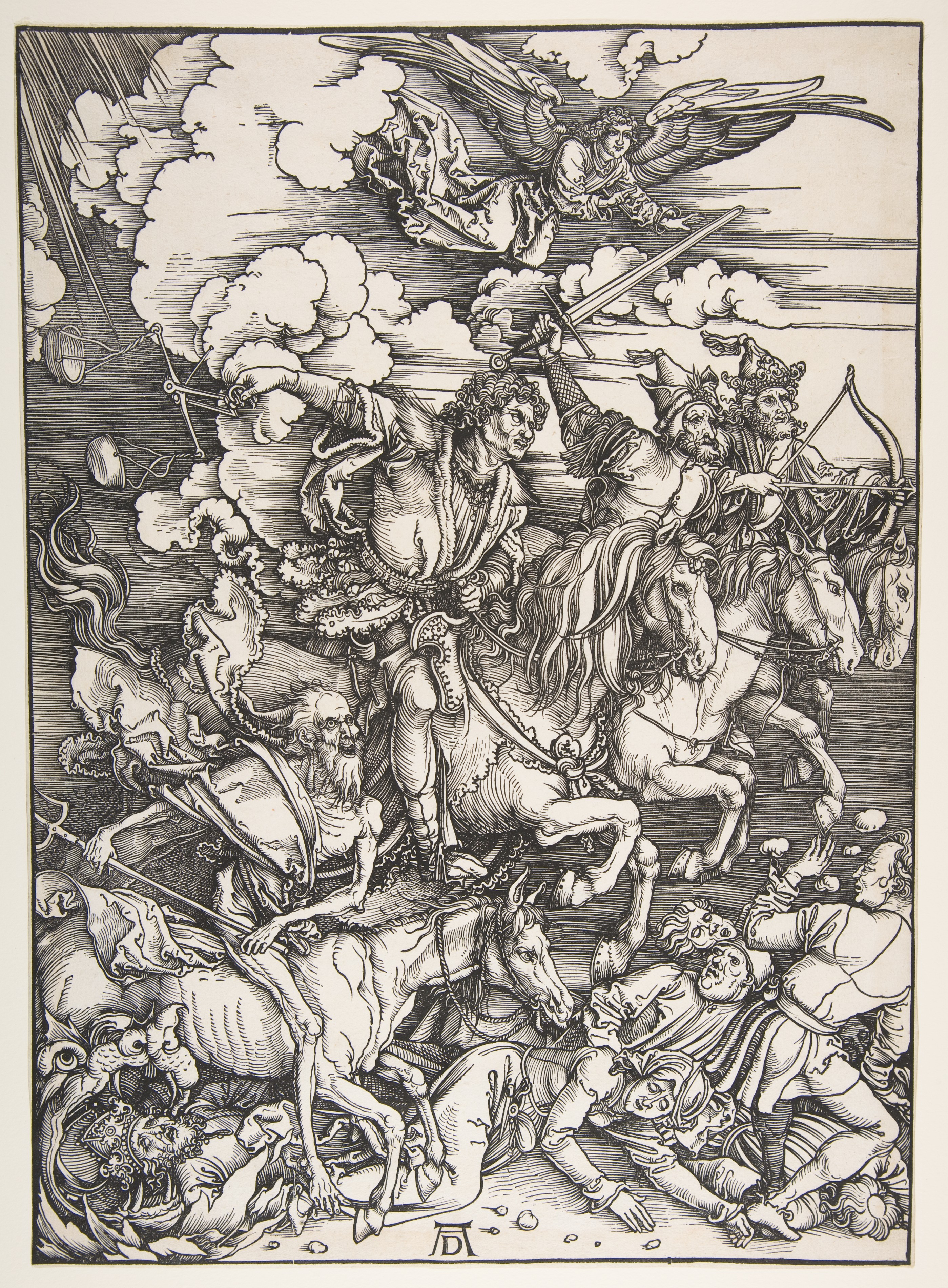
Albrecht Durer-The Apocalypse
86
New cards
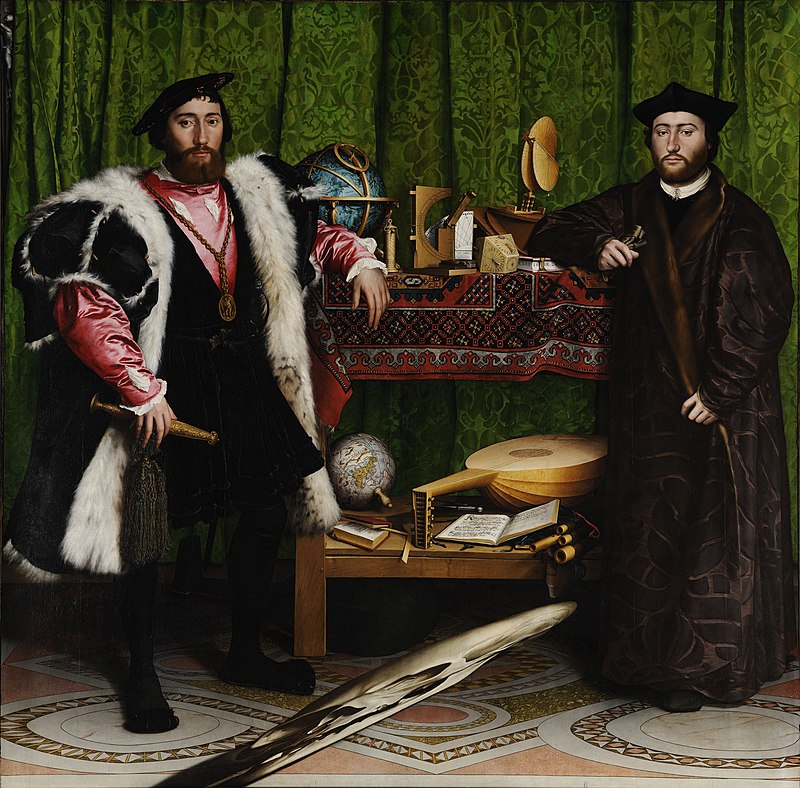
Hans Holbein-The Ambassadors
87
New cards

Hans Holbein-Henery VIII
88
New cards
The Medici Family
Wealthy bankers, came into power and even married into papal+royal families